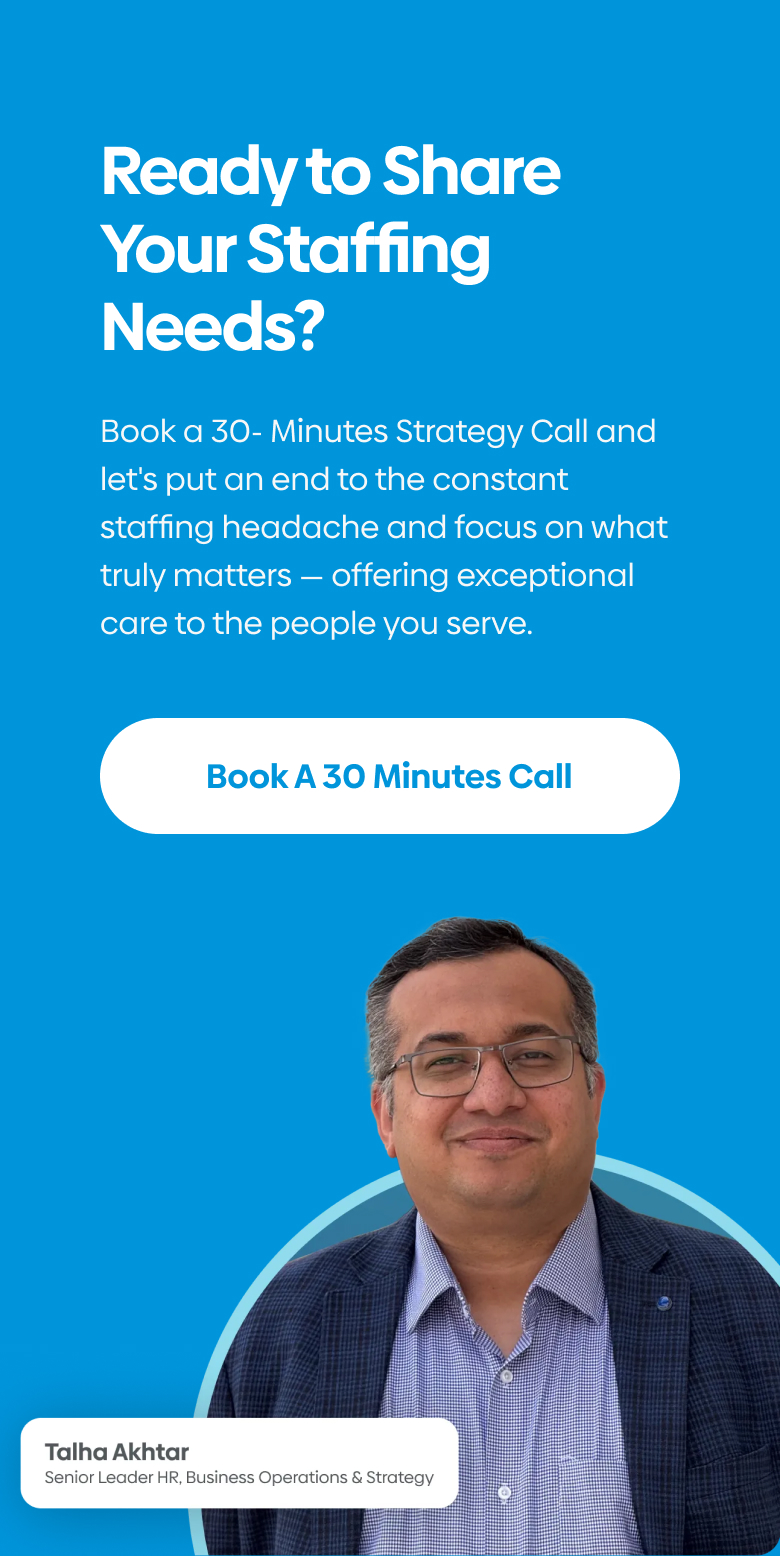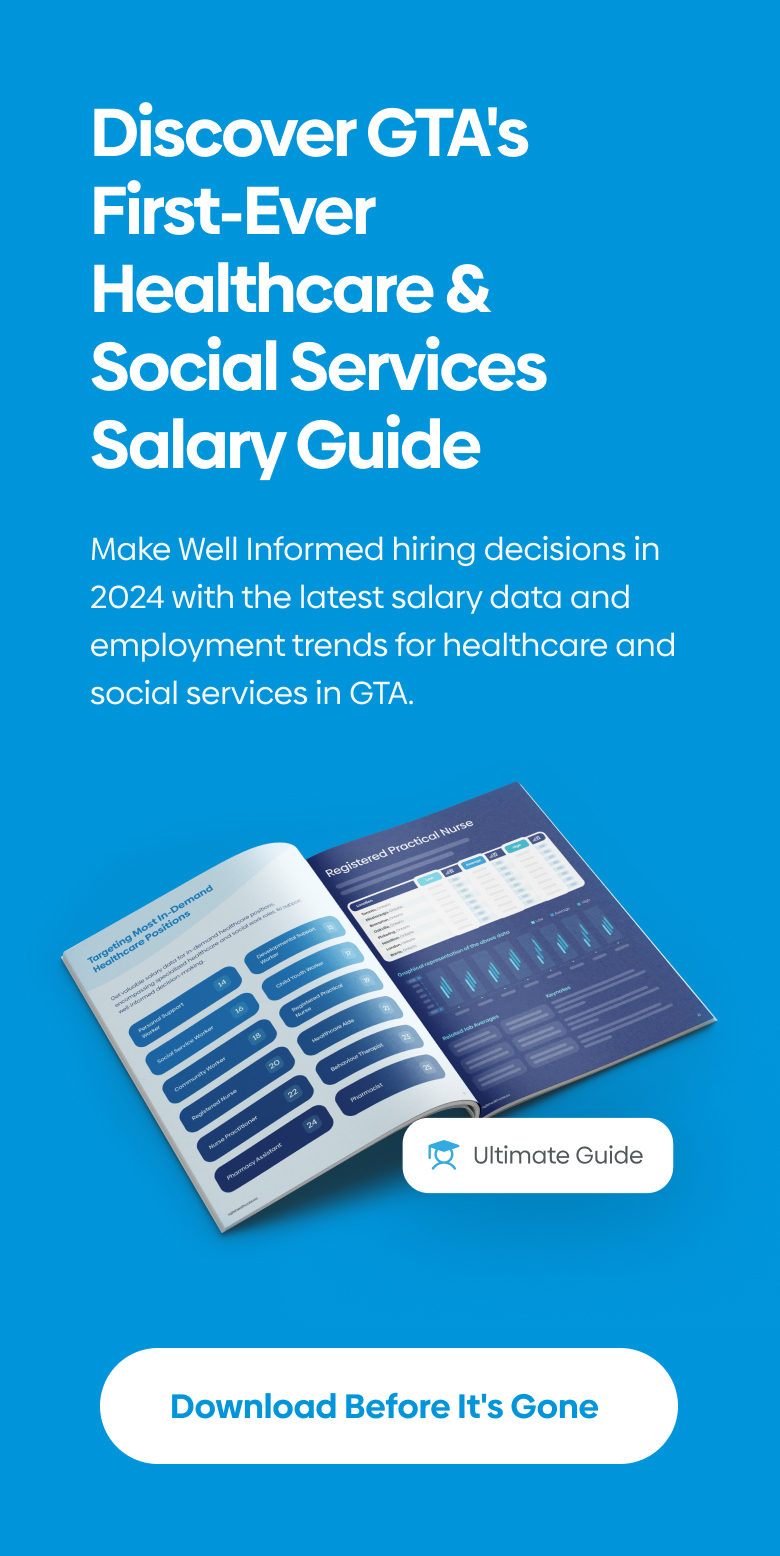
As the Canadian healthcare sector continues to navigate the challenges heightened by the COVID-19 pandemic, it has become clear that addressing workforce burnout is not just necessary but critical. The insights drawn from the 2024 Healthcare and Social Services Salary Guide shed light on the escalating issue of emotional exhaustion among nurses and other healthcare professionals. This article provides actionable strategies for healthcare leaders to enhance employee well-being and sustain a resilient workforce.
Understanding the Scope of Burnout
Burnout is escalating among nurses, with over 50% expected to experience emotional exhaustion by 2024.

Even before the pandemic, healthcare workers faced significant stressors, including long shifts and high-pressure environments. The situation has intensified, with 41% of nurses reporting emotional exhaustion in 2023, a figure that is projected to surpass 50% in 2024. This increase is attributed to several factors, including prolonged work hours, inflationary pressures, and ongoing pandemic-related stresses.
Key Strategies to Combat Burnout
Interventions like workload adjustments and personalized support can mitigate burnout effectively.
Healthcare leaders can adopt several targeted strategies to address burnout, improving both employee satisfaction and patient care:
- Adjust Workloads: Redistributing tasks and ensuring adequate staffing levels can help manage the workload more effectively, preventing overload and reducing stress among healthcare professionals.
- Implement Coaching and Support: Offering access to career coaches can provide healthcare workers with the tools and support they need to manage stress and plan their careers strategically. According to our research, 50% of healthcare workers are open to speaking with a career coach, highlighting the potential impact of this intervention.
- Promote Flexibility: Flexible scheduling and the option for part-time positions can accommodate personal needs and help maintain a better work-life balance, which is crucial in high-stress environments.
- Invest in Mental Health Resources: Providing mental health support and resources, including counseling and stress management workshops, can equip staff with the necessary tools to handle workplace pressures.
Enhancing Employee Experience
Developing an exceptional employee experience is key to retaining healthcare talent.
Creating a supportive workplace culture where employees feel valued and heard is essential. This involves regular feedback, recognition of their hard work, and genuine efforts to improve their day-to-day experiences. By focusing on the well-being of their teams, healthcare leaders can not only reduce burnout but also enhance overall job satisfaction, which in turn aids in retention and recruitment.
Leverage insights from our Salary Guide and expert consultations to enhance your workforce strategies.
For healthcare owners, directors, and managers looking to delve deeper into effective strategies for managing workforce challenges, the 2024 Healthcare and Social Services Salary Guide is an invaluable resource. Download our guide to gain comprehensive insights into salary benchmarks and strategies for enhancing employee well-being.
Conclusion
Highlight: Proactive leadership and strategic interventions are crucial in mitigating burnout in healthcare.
The ongoing challenges in the healthcare sector demand a proactive approach to managing burnout. By implementing strategic interventions such as workload adjustments, personalized support, and investing in mental health resources, healthcare leaders can significantly improve the working conditions and well-being of their staff.
Engaging with resources like our Salary Guide and expert consultations will equip leaders with the necessary tools to develop an exceptional employee experience, fostering a healthy, motivated, and resilient workforce.














